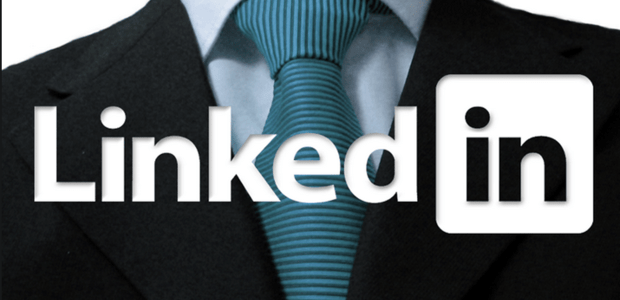advertisement
Why you shouldn’t accept every LinkedIn connection invite
Next time you receive an invitation to connect on LinkedIn from someone unfamiliar, think twice before you accept. This is…

Next time you receive an invitation to connect on LinkedIn from someone unfamiliar, think twice before you accept. This is not only sound advice, it’s part of LinkedIn’s official rules. Section 8.2 of the site’s user agreement specifies that members agree not to “invite people you do not know to join your network.” While Facebook and Twitter are great for broadcasting random thoughts and bragging about your private life to complete strangers, LinkedIn is designed to be personal and relevant to your professional life.
More LinkedIn connections aren’t necessarily better
Quality over quantity has long been a mantra at LinkedIn, but the idea is especially important today because the site has more than 380 million members and an average of 97 million people use it at least once a month, according to the company’s latest earnings report.
The quality of your network on LinkedIn directly influences the benefits you get from the site, according to Crystal Braswell, LinkedIn’s corporate communications manager. The people you choose to connect with can also have a huge impact on the content you see in your LinkedIn feed, making it more relevant, Braswell says.
Anyone can cultivate a large network on LinkedIn, but it takes real effort and strategy to collect connections that empower your professional life and position you for success. LinkedIn’s impact is only as strong as the network you build, so it pays to use the service with an equal mix of caution and focus.
Angela Yochem, CIO of logistics and transportation company BDP International, uses LinkedIn to keep track of people she knows, and to find and share interesting content or commentary. Her connection-making strategy falls in line with those objectives. Yochem sometimes accepts invitations from people she doesn’t know, but only when they share a close connection, and she never accepts connection requests from complete strangers. “I will accept invitations from people I have met, or people I know through reputation, or people doing work of which I am aware. I suppose I extend credit by association with people I trust.”
Jim Edmunds, IT director with civil construction and materials company Allan Myers, says he tries to strike a balance somewhere. The key is determining how you want to build and share your network, according to Edmunds. “You’re not only letting people connect with you but you’re also inviting them to get closer to the people in your network. That’s one of the reasons I’m selective on the blind requests.”
Strong LinkedIn networks yield real rewards
Building a strong peer network on LinkedIn takes a lot of work, but the rewards can be well worth the effort. A well-fostered, personal and diverse network of peers can boost your career to the next level.
advertisement
It’s sometimes tempting to take the easy way out, accept every LinkedIn request that comes your way and hope for the best, but that’s not a winning strategy in the long run. Chances are, one of those random connections will eventually remind you of the error of your ways; thankfully it’s simple to break bad connections on LinkedIn if, or when, that time comes.
LinkedIn might help you find that next job or career opportunity, but it’s your personal relationships that are going to seal the deal. LinkedIn is not a popularity contest, and you shouldn’t approach it as such. Your total number of LinkedIn connections means nothing if the majority of people in your network know nothing about you. Bottom line: Be selective with your LinkedIn connections, connect with people you know and never hesitate to decline random invitations from people you don’t.